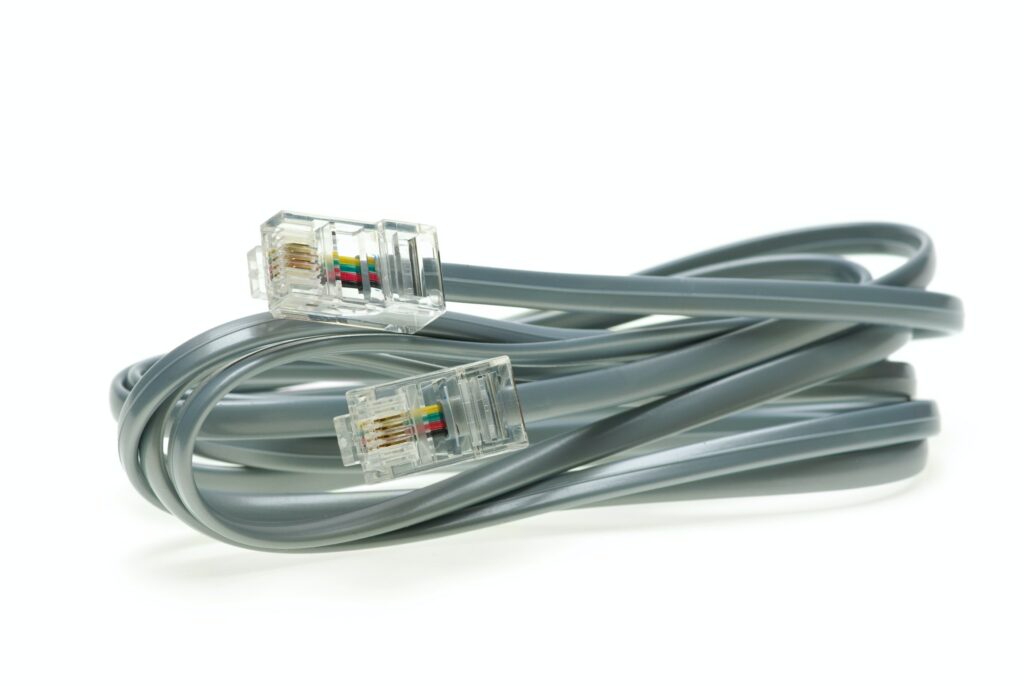![]()
The Clock is Ticking on ISDN and PSTN Services
Integrated services digital networks (ISDN), the analogue communication lines that have been a backbone of connectivity since the late 1980s, are set to be decommissioned by BT. This move, aimed at phasing out the old copper-wired communications infrastructure, is a crucial step towards embracing the digital era fully.
BT declared the end of ISDN and PSTN services by 2025 back in 2015 and has since stopped accepting orders for both lines. The impending change is significant, and UK businesses need to grasp its potential impact, particularly on often neglected services like lifts, alarms, broadband, PDQs, EPOS devices, and phones.
ISDN: An Outdated Technology
Andy Fung, a communications solutions architect at Espria, argues that ISDN is no longer a fit for the current digital age. When ISDN was introduced, there were already faster networking systems available, which resulted in its limited uptake.
The maintenance cost of the legacy infrastructure is now too high compared to its usage, and the technology cannot meet the demands of modern communications and networking systems. Already, large parts of the UK are unable to receive new ISDN or PSTN provisions. Areas like Mildenhall and Salisbury faced the switch-off last year during the test roll-out.
Businesses Need to Prepare for the Switch
While many businesses will naturally transition from ISDN to VoIP, it’s important to understand the benefits of the new technology. Fung suggests that switching to a VoIP service could save businesses both time and money. He recommends four preparatory steps to ensure businesses are ready for the future.
Steps to Future-Proof Your Business
Start by auditing your connection systems. Identify services that need to be connected and determine if your service needs to be scalable. Recognise the parts of your communications systems that will be directly affected, including voice services, video conferencing, real-time collaboration tools, alarms, door entry systems, lift emergency lines, payment terminals, cash and fax machines.
Next, understand the specifics of your business service provision. This will help you identify where upgrades are needed. Consider factors like fixed or mobile networks, their current and future capacity, and whether VoIP is easy to use and suitable for your needs.
Don’t overlook the hardware needs of your employees. This could range from IP headsets, a softphone client or a hybrid approach to communications. Each business is unique, and one voice service does not necessarily fit all.
Finally, think beyond just upgrading your phone service. New services will offer new ways of working and opportunities to change the way you communicate. Cloud-based systems offer more features and can easily integrate mobile devices and apps. These can also provide more detailed reporting, share insights about customer and employee behaviour and support flexible and remote working.
Act Now, Avoid Future Complications
With 2025 rapidly approaching, it’s crucial for communication providers to prepare now. By evaluating your systems and making necessary changes, you can future-proof your business for the foreseeable future.
